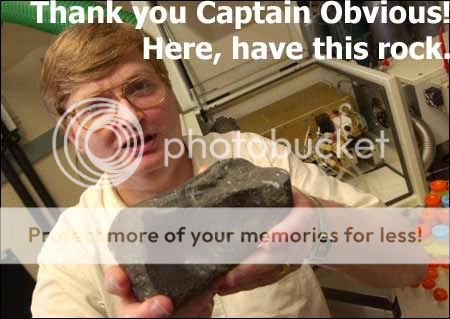I count 3 carbon's that do not come from benzene
Acetaldehyde has only 2....

No reagent restrictions, though we are doing aldol reactions right now so that's probably involved.
I started by Friedel-Crafts'ing acetyl chloride to benzene, then hitting it with KMnO4 to make benzaldehyde.
Then, I made acetaldehyde into a Grignard reagent by reducing it with NaBH4 then changing the OH into a Br with PBr3, then treating it with magnesium in /\o/\
Finally, I then reacted that with the benzaldehyde, remade the ketone with PCC, and then eliminated a beta-hydrogen with NaOEt. If I am correct, you'd have this:

Assuming the benzene ring was an appropriate nucleophile to react with the beta carbon, it would react with itself and you'd get the desired product.
Does this sound OK? If so, could I have used H2CrO4 instead of PCC? (my professor always wants us to use the cheaper reagents, and I guess PCC is pretty costly - but I am not sure if it cleaves carbon chains like KMnO4 does).
How did you do it?